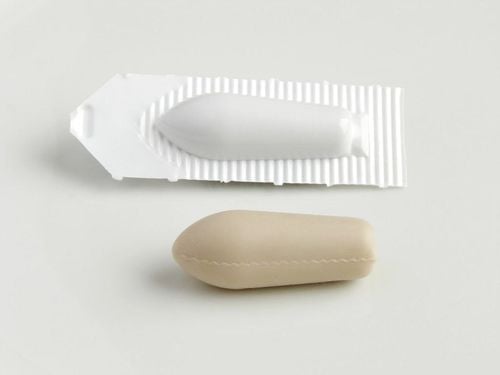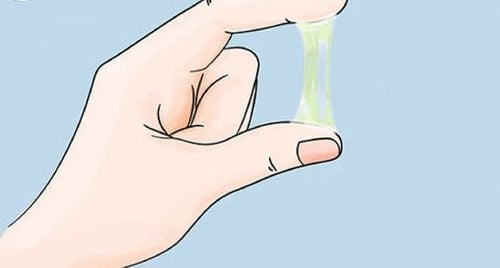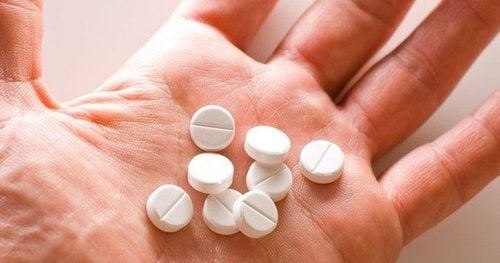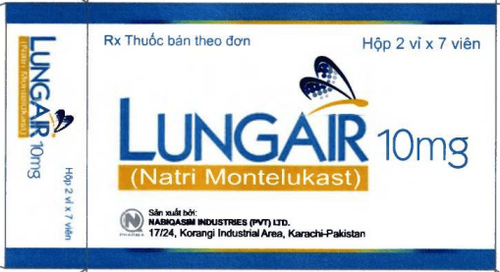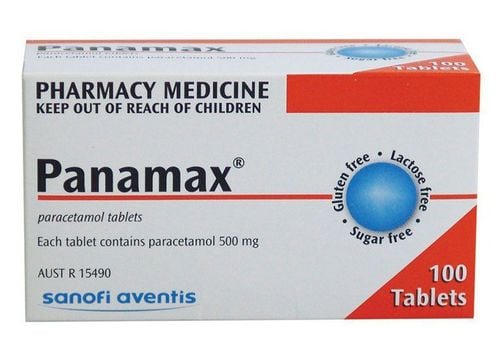Parents and other caregivers can use numerous techniques to lower the fever in their children. It is crucial to treat fevers in children quickly and prevent severe complications. Giving children plenty of water to drink, dressing them in loose, cool clothes, wiping them with warm water, and so on are all known strategies to swiftly lower fever. Furthermore, there is still essential information to consider while using methods for rapidly lowering fever in children.
A child has a fever when their body temperature, as measured by a thermometer in spots like the lips, ears, forehead, armpits, or anus, is higher than 37.5 degrees Celsius. Viral and bacterial infections, colds, respiratory and digestive diseases such as pneumonia and enteritis can cause fever in children. Children may also experience fevers following vaccinations and teething fever in infants.
Children, unlike adults, experience fatigue, increased sweating, and a loss of appetite when they have a fever. Warning signs of severe illness in children include crying a lot, prolonged sleepiness, and refusing to breastfeed. A high temperature in a baby is particularly risky since it can lead to significant side effects like seizures. Therefore, in order to avoid complications, it is essential to know how to decrease fever in children effectively.
1. The quickest methods to lower fever in children
Depending on the age and physical condition of the child, parents and caregivers can use a variety of methods:
- Use a warm towel to wipe the child's body: Bathing is limited when a child has a fever; instead, wipe the child's body with a clean towel soaked in warm water. It is the quickest and safest method of lowering a child's fever since it lowers body temperature by widening blood vessels. The forehead, armpits, and groin are some places that require more wiping to help kids lower their fevers faster. Using a warm towel to wipe also makes kids feel more comfortable and better.
- Children may feel cold with a fever, so dress them in loose, comfortable clothing. Their body temperature won't drop, though, if you keep them warm at this moment. Instead, give kids loose-fitting, cool clothes.
- Massage children with essential oils: Essential oil massage for children: This is an unfamiliar and rarely used method that effectively quickly reduces fever in children. Certain essential oils, including mint, ginger, and cinnamon, warm the circulatory system, which helps the body sweat and efficiently lowers the high temparature. When a child has a fever, parents can massage them with peppermint, eucalyptus, or chamomile essential oils, focusing on the heels and back of the neck. It is important to note that essential oils must be mixed with a base oil before massaging. Patients and caregivers can dip a towel in warm water, wring it dry, and wiping the child's body with it.
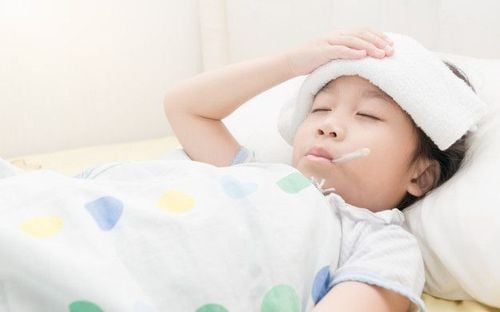
- Allowing children to eat significant amounts of water, beverages, or liquid foods might also help them feel less febrile since it balances the water lost during a fever. Furthermore, young children frequently refuse to drink water when they have a fever. As a result, parents ought to focus on providing their kids with more water. Children with fever are exhausted or refuse to eat, so in addition to water, they can consume milk and liquid meals to ensure nutrition and refill water.
- Adding calcium-rich foods and vitamin C to children's diets: Nutrition, particularly calcium and vitamin C, must be monitored when children develop a fever. The quickest approach to lower a child's fever is to supplement them with vitamin C, which parents may do at home using fruits that contain massive vitamin C levels, such as oranges, tangerines, and grapefruits. Vitamin C boosts immunity and the ability to defend against infectious and infectious pathogens and lower fever. Children should also be given supplements of foods high in calcium, such as vegetables, fish, oats, etc, which are helpful in recovery.
- Children should take medications such as antipyretics when they frequently have high fevers that reach 40 degrees. It will be a dangerous warning sign at that point if the fever is not promptly brought down. Giving children fever-reducing medication is one of the quickest ways to lower a fever that is 40 degrees or higher. Antipyretics are now widely accessible; parents can find and purchase them at pharmacy stores. Ensuring the proper dosage for the child is based on their age and weight is critical. Be sure not to overdose since it could endanger the child. Before providing it to the child, parents should ideally inform a doctor to guarantee safety.

2. Tips for using rapid fever-reduction methods on kids at home
Parents must initially use a thermometer to properly check their child's body temperature when they notice that the child has a fever. Then, when keeping an eye on their children and using swift fever-reducing techniques at home (despite the case when their temperature is so high that they need to be taken to the doctor), parents should pay attention to the following:
- Maintain open and ventilated spaces in both living and personal areas to reduce the risk of stagnant air accumulation.
- To lower fever in children, do not use ice or cold towels.
- When a child has a fever, please do not immediately give them an antipyretic.
- Squeezing lemons into children's mouths to lower fevers might cause harmful results such as burns and choking.
- As no conclusive scientific evidence supports their efficacy, traditional medicine practices or ethnomedicine should be avoided in children.
- Avoid using too many different kinds of antipyretic at once.
- When a child has a high temperature and convulsions, please do not force them to open their lips with a spoon or other harsh item. Instead, the child should be positioned on their left side before being brought to the doctor.
- Aspirin should never be used to quickly lower a fever in children since it is extremely risky and can result in Reye's syndrome, which can harm the child's brain.
After trying at-home fever-reducing methods, parents are encouraged to see a doctor if the fever in their children lasts longer than 24 to 48 hours.
Please dial HOTLINE for more information or register for an appointment HERE. Download MyVinmec app to make appointments faster and to manage your bookings easily.
To arrange an appointment, please call HOTLINE or make your reservation directly HERE. You may also download the MyVinmec app to schedule appointments faster and manage your reservations more conveniently.
